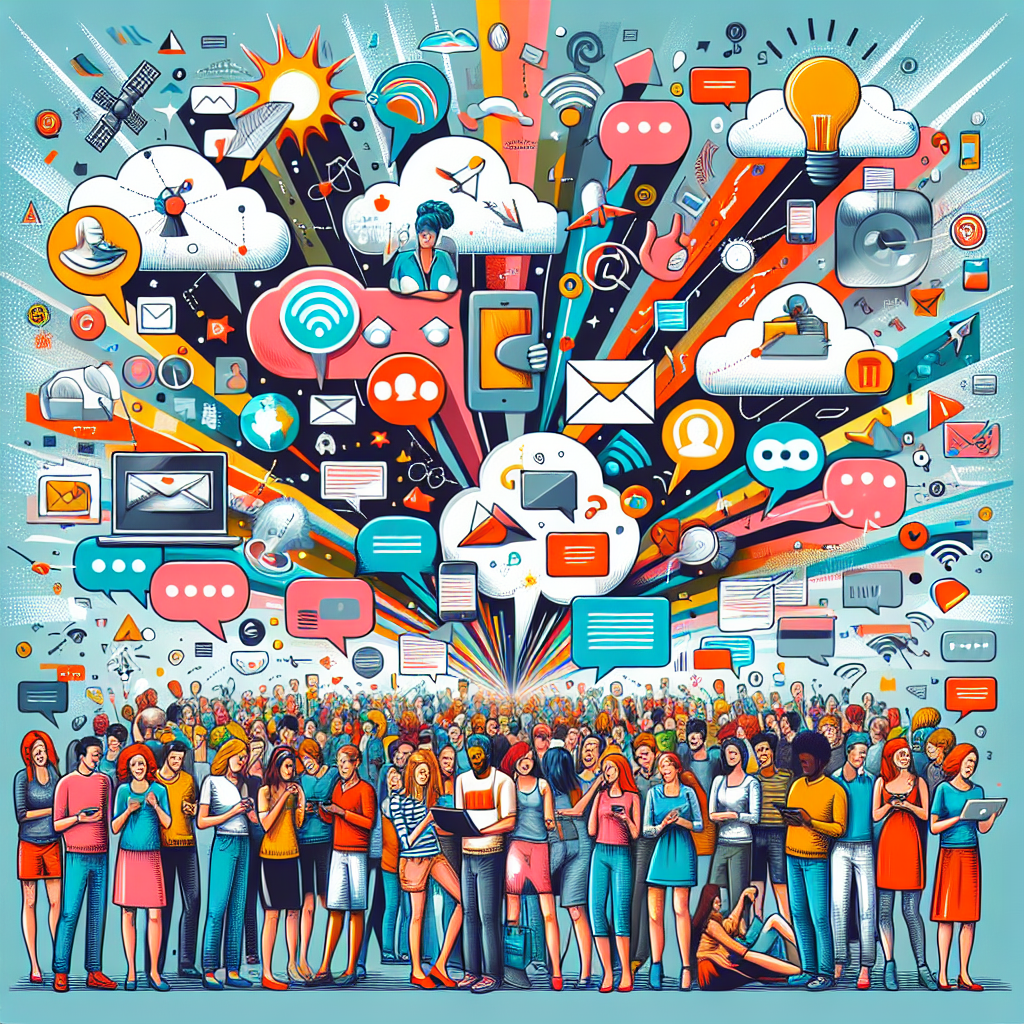This article is also available in:
 Arabic
Arabic  German
German  French
French
In our hyper-connected world, the rhythm of daily life is being set by a symphony of digital notifications, video calls, and instant messages. At the heart of this transformation is technology, which has revolutionized the way we communicate, breaking down barriers once thought insurmountable. For tech enthusiasts eager to stay at the forefront of innovation, understanding these shifts is crucial. This article delves into the dynamic landscape of communication technology, highlighting the key advancements driving change.
The Rise of Instant Communication
Gone are the days of waiting anxiously for a letter or even an email. Instant messaging apps like WhatsApp, Telegram, and Signal have redefined personal and professional communication. These platforms offer end-to-end encryption to ensure privacy while enabling us to connect in real time, whether we’re in a bustling city or a remote village. The proliferation of such apps underscores a shift towards immediacy and privacy in communication, a trend fueled by our innate desire for connectivity without boundaries.
Video Communication: Bridging Distances
The COVID-19 pandemic accelerated the adoption of video conferencing tools and forever altered our approach to communication. Platforms like Zoom, Microsoft Teams, and Google Meet have become staples in both professional and personal settings, allowing face-to-face interaction regardless of geographical constraints. This move towards video communication has not only helped bridge distances but has also fostered a more inclusive environment—where visual cues, often missing in texts and emails, aid in clearer communication.
The Age of Artificial Intelligence and Automation
Artificial intelligence (AI) is quietly, yet profoundly, reshaping how we interact. Chatbots and virtual assistants, powered by AI, are streamlining customer service and personal tasks, offering 24/7 assistance and learning from interactions to improve responses. Moreover, AI-driven communication tools, like transcription services and language translation apps, are eliminating language barriers, enabling seamless communication across cultures and languages.
Conclusion: The Continual Evolution of Communication
The trajectory of communication technology is one of constant evolution, marked by innovative breakthroughs and the relentless pursuit of more connected lives. As we look to the future, emerging technologies like 5G, augmented reality (AR), and virtual reality (VR) promise to further transform our communication landscape, offering richer experiences and deeper connections. For those passionate about technology, staying informed and adaptable to these changes will be vital, making the realm of communication not just a mere necessity but an exciting frontier of exploration and discovery.



